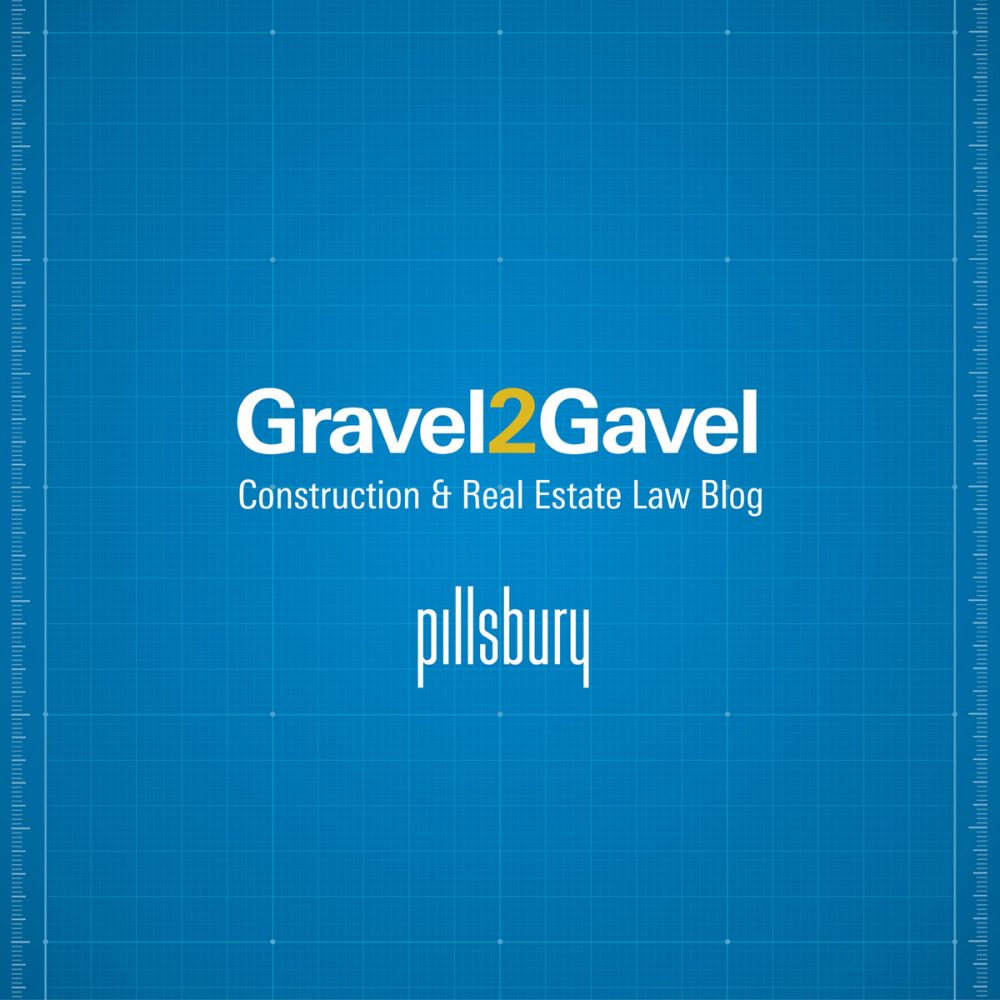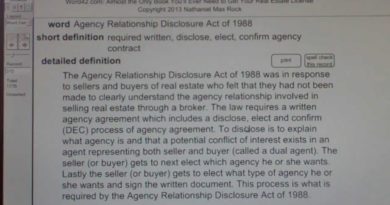How do I set aside a default judgment?
If the defendant does not respond to a claim filed by a person or a company, the court may be able to close the case without the defendant present. This will only happen if certain conditions have been met. It prevents parties from ignoring claims or dragging out matters. You might wonder why and how this type of judgment was made against you. You may have not been aware that a claim existed, so receiving a document like this can be a shock. You’ll also want to have the chance to defend yourself before a judge renders a final ruling.
Fortunately, you can challenge these orders and ask the court to overturn them. You can also submit your defense. These are important applications that carry a high level of risk. If the application is made but fails, even for a technical reason, a Judgment obtained against you can remain even if you might have had a defence.
Below, we explain default judgments, their consequences, and how and when you can challenge them. Contact Helix Law for more information. Our commercial litigation team is experienced in dealing with these types of situations and applications. What is a default judgment?
The Civil Procedure Rules define it as a judgement without trial when a defendant fails to acknowledge the service of a claim or files a defense. The proper delivery of claim documentation is what is meant by service. It must be sent within the time limit and to the correct person or address. The defendant must complete and file an acknowledgement of service to confirm they have received the relevant documents. A defendant has fourteen days to file an acknowledgement. If they file an acknowledgment of service, then they have 28 calendar days from the date that they received the claim in order to file their defense.
If the Defendant does not file an acknowledgment of service within fourteen days of serving the claim, and if they do not file their defence within another 14 days, then the Claimant may apply for default judgment. The court will only issue a default judgement if they are satisfied that the defendant did not respond within the specified timeframes. What are the Consequences a Default Judgement?
A judgment by default is a judgment. It can be enforced against any defendant including their assets. This is also known as a CCJ or a County Court judgment. High Court default judgments are also available. These have an immediate impact on the credit rating of the Defendant when they are registered. The registration of a judgement usually occurs within 30 days of an order being placed.
As you would with any order, the terms and contents are binding until you decide to set them aside. Ignoring a court order can have severe consequences. It’s important to know how to handle this situation.
The court will determine the exact terms of default judgment. However, without seeing the defence, this order is often in favour of the claimant. If the money claim is for a specific amount, the claimant may ask you to pay by a certain date or specify the payment terms. If the amount is not specified, the court will determine how much and by when you must pay.
For instance, you might receive an order that says you must pay the claimant PS10,000 in 28 days. The court usually orders that the amount be paid immediately. You will be legally obligated to pay this amount immediately unless you request to set it aside. If you do not do so, the Claimant can pursue your assets or your insolvency.
If you fail to comply with the order, the claimant can access a range of enforcement options. The most appropriate steps will depend on the individual situation. Options include:
A charging order against your property so that when you sell or remortgage it, the amount owed is deducted and paid to the claimant;
The seizure and sale of your property, including your home;
An attachment of the earnings order so your employer deducts monthly instalments from your salary until you settle the debt;
An order monies be deducted from savings, shares or investments and paid towards the debt; or
- Bankruptcy proceedings if the debt is over PS5,000.
- What Action To Take if Default Judgment Has Been Entered Against You
- Upon receiving the order, you must read it carefully. A judgment means a claim has been issued against you. You need to know the details and consider your defence and best approach. One of the factors the court will consider in an application to set aside judgment is how promptly you have made the application.
- You should, therefore, file your application as soon as possible, but first, you should establish the following:
- Whether you received the claim and, if so, why you didn’t respond
Any evidence you have to demonstrate you didn’t receive the documents or why you failed to file an acknowledgement of service or defence
Whether you accept or dispute all or part of the claim. You should gather evidence to support your position if you intend to defend it.
You should speak to a solicitor as soon as you receive the order to understand your prospects of successfully setting aside the order and defending the claim. These are technical applications- it is not a given or foregone conclusion that a default judgment will be set aside.
- If you fail, the judgment will remain against you. A specialist litigation solicitor can advise you on the best approach to ensure you don’t waste your time or money.
- How Long Do You Have to Get a Default Judgment Set Aside?
- Unless specified in the order, there’s no standard deadline by which you must apply to set it aside. However, when considering whether to grant your application, the court will look at how ‘promptly’ you made it, as above. Typically, you must illustrate you have been proactive since you have become aware of the judgment and claim against you.
The law doesn’t define ‘promptly’, but the more you can demonstrate a proactive approach to preparing and filing your documents, the better. The court understands you need time to seek legal advice and prepare a robust application, so as long as you speak to a specialist litigation solicitor straight away, this shouldn’t be an issue.
Once you’ve sent your application, the time it takes to set the order aside depends on the particular court you’re in, its backlog of cases, the complexity of your case, and availability for hearings. It could be anything from a few weeks to a few months.
Grounds on Which a Default Judgment Must Be Set Aside
The court will only set aside the order if your evidence satisfies one of the Civil Procedure Rules criteria. CPR 13.2 details the grounds on which the court must set aside the judgment, known as the ‘mandatory’ grounds. CPR 13.3 provides the cases where it may do so but is not obligated to, known as the ‘discretionary’ grounds.
Mandatory Grounds
The court must set aside the default judgment if you can demonstrate that:
You filed an acknowledgement of service or defence within the relevant time frame
You applied to strike out the case or ask for a summary judgment, but the court hasn’t yet dealt with it
You already satisfied the whole claim
You admitted liability but requested more time to pay
- A strike-out or summary judgment is an order dismissing a claim because there are no reasonable grounds for the court to consider it. Sometimes, due to court delays, applications overlap, so an order could still be made against you despite your having applied for a strike-out.
- If applying under mandatory grounds, you must provide the relevant documentary evidence, such as a copy of your filed defence or proof you’ve already done what the claimant is asking.
- Discretionary Grounds
- The court may set aside the order if you can show that:
You have a reasonable prospect of successfully defending the claim
There is another good reason why it should set it aside or allow you to defend the claim.
If you base your application on one of the discretionary grounds, providing strong evidence to support your position is crucial. To satisfy the court, your defence must have a reasonable prospect of succeeding, and you must show that it’s realistic and more than simply arguable, even if its chances of success are small.
Therefore, putting together a solid defence to file with your application to set aside is advisable.
- Applying to Set Aside a Default Judgment
- It’s vital that you file your application correctly and comply with the relevant procedure so the court can receive and process it and ultimately succeed. Completing the wrong form or filing it with the wrong court could result in the judgment remaining in force and you losing your chance to challenge it.
There are three key documents you must prepare:
The application through Form N244, providing your contact details and the reasons for applying.
A draft order stating how you want the judgment to be varied or set aside. The court usually only expects this if you have a solicitor or barrister representing you.
Supporting evidence, whether in the form of witness statements or other documents. There’s a small space in the N244 to explain your position, but you can attach a more detailed account if necessary. Usually, this type of application will be supported by a detailed witness statement exhibiting several documents.
Once you’ve finalised the above documents, you must:
- Send them to the correct court, which is usually the same one that ordered the default judgment, but be sure to double-check. If you have a solicitor, they’ll file it for you. It’s advisable to send it by first-class post and email.
- Pay the court fee, which is currently PS303. For up-to-date fees, check form EX50A.
- Send a copy of your application and supporting documents to the claimant. You must ensure your service method is effective and that the claimant receives the documents at least three clear days before the hearing date to deal with the application.
The court will send you a hearing notice with the date and time you must attend to discuss your application. If you’ve instructed a solicitor, the court should send the notice to them directly. However, if you receive it, you should inform your legal representative immediately so they can start preparing for the hearing.
- At the hearing, a judge will review the papers and hear submissions from both parties. They will then make one of the following orders:
- An order granting your application and setting aside the default judgment;
- An order dismissing your application, meaning the judgment will remain in force
Directions for a further hearing if it needs more evidence before making a decision.
If your application is successful, the judge will set a further hearing date for case management regarding the original claim. You can also ask them to order the defendant to pay your costs arising from your application to set aside, but this isn’t guaranteed.
- If you have applied on discretionary grounds, the usual order, or at least the starting point, is that you might be ordered to pay the Claimants’ costs in the application as well as your own. That’s on the basis that there is some fault–for example, you haven’t acted promptly or within the necessary timescales.
- Frequently Asked Questions
- Can the Court Set Aside a Default Judgment of Its Own Accord?
The court may set aside the order of its own accord if it considers it null and void, for example, due to a fundamental error. However, this doesn’t mean you shouldn’t file a detailed application to cover all bases and ensure the best chances of success. It’s an important application that must be made in accordance with the Civil Procedure Rules.
How Long Does It Take to Have a Default Judgment Set Aside?
The time it takes to set aside the order depends on various factors, including the specific court, its resources, the case’s complexity, and the application’s urgency. The entire process should take a few weeks to a few months, but speak to your legal adviser for a more accurate estimate.
Need Advice? Contact Helix Law
You may have received a default judgment without knowing why or want to know how to challenge it successfully. Receiving a document like this can be shocking, as it may be the first time you’re learning about a claim against you. Navigating the law and procedural rules can also feel daunting, and it’s essential you understand your options.






